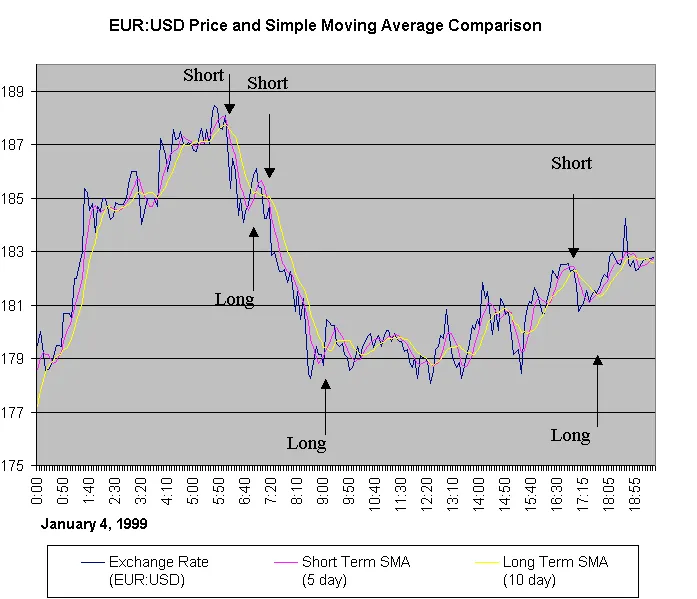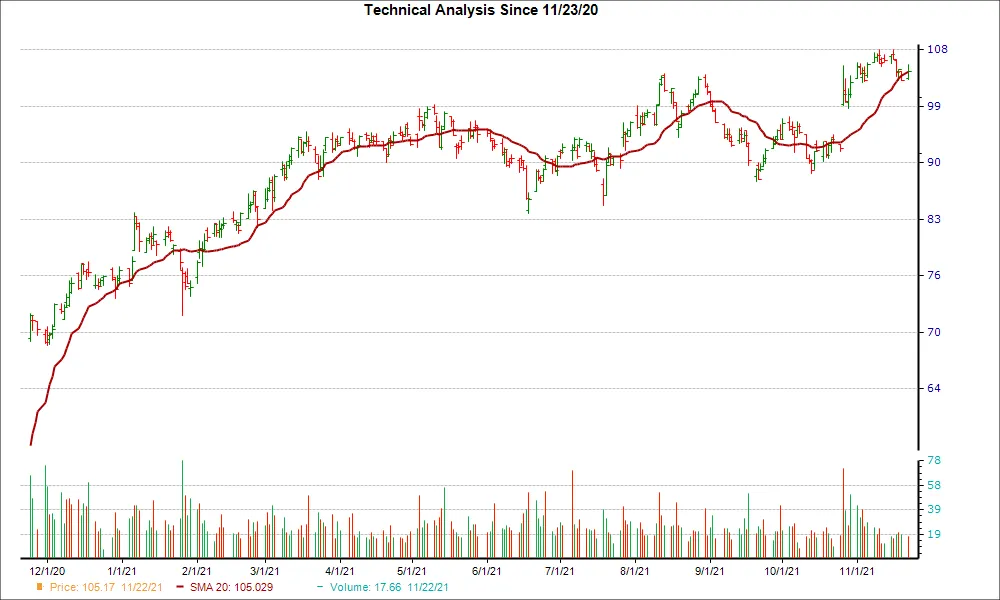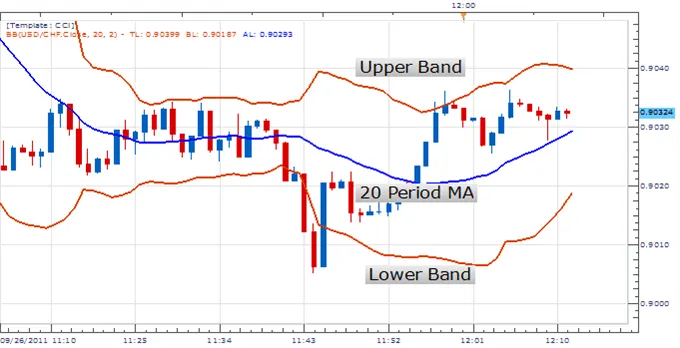What is Underlying?
By Samantha Baltodano
TL;DR:
The underlying refers to the asset that an investment is based on, such as a company in the case of stocks or a basket of assets in the case of an ETF. Understanding the underlying is important for investors because it can help them make informed decisions about their investments and understand the risks and potential returns. The underlying is also a key factor in derivatives, such as options and futures, which are based on specific assets such as commodities or financial instruments.
What Is Underlying?
When you invest in the stock market, you are essentially buying a small ownership stake in a company. The value of this stake is determined by a variety of factors, including the company's financial health, its industry and market conditions, and its management and growth prospects.
One important factor that can affect the value of your investment is the "underlying," or the asset that your investment is based on.
Examples
In the case of stocks, the underlying is the company whose shares you are buying.
For example, if you buy shares of Apple Inc., the underlying is Apple and the value of your investment will be influenced by factors such as Apple's financial performance, its competitive position in the market, and its prospects for future growth.
The underlying is also important in other types of investments, such as exchange-traded funds (ETFs) and derivatives.
An ETF, for example, is a type of investment that tracks a specific basket of assets, such as a group of stocks or a particular index. In this case, the underlying assets are the stocks or other securities that the ETF is designed to track.
Derivatives, such as options and futures, are another type of investment in which the underlying asset is a key factor.
A futures contract, for example, is a legally binding agreement to buy or sell a specific asset at a predetermined price on a specific date in the future. The underlying asset in a futures contract could be a commodity, such as oil or gold, or a financial instrument, such as a stock index or currency.
Use Case
Understanding the underlying is important for investors because it can help them make informed decisions about their investments.
For example, if you are considering buying shares of a company, it's important to research the company's financial health, industry conditions, and growth prospects in order to understand how your investment could be affected.
Similarly, if you are considering an ETF or a derivative, it's important to understand the underlying assets in order to understand the risks and potential returns of your investment.
In summary, the underlying refers to the asset that an investment is based on. Understanding the underlying is important for investors because it can help them make informed decisions about their investments and understand the risks and potential returns.
Summary
- The underlying refers to the asset that an investment is based on
- Understanding the underlying is important for investors to make informed decisions and understand risks and potential returns
- Examples of underlying assets include a company in the case of stocks, a basket of assets in the case of an ETF, and specific assets such as commodities or financial instruments in the case of derivatives
- The underlying is a key factor in investment decisions and it is important for investors to consider when evaluating potential investments.
Like what you read? Check out the rest of our content!




